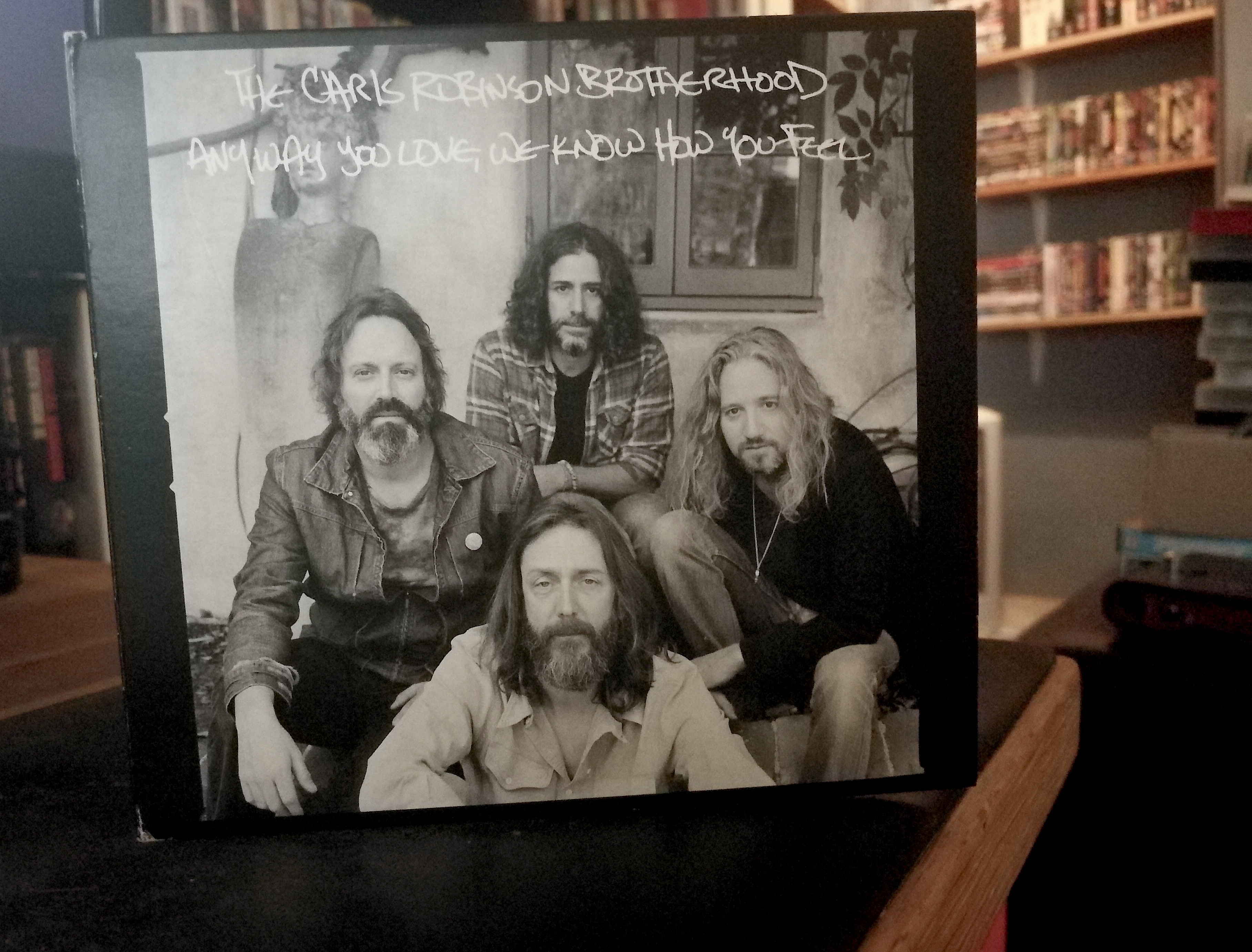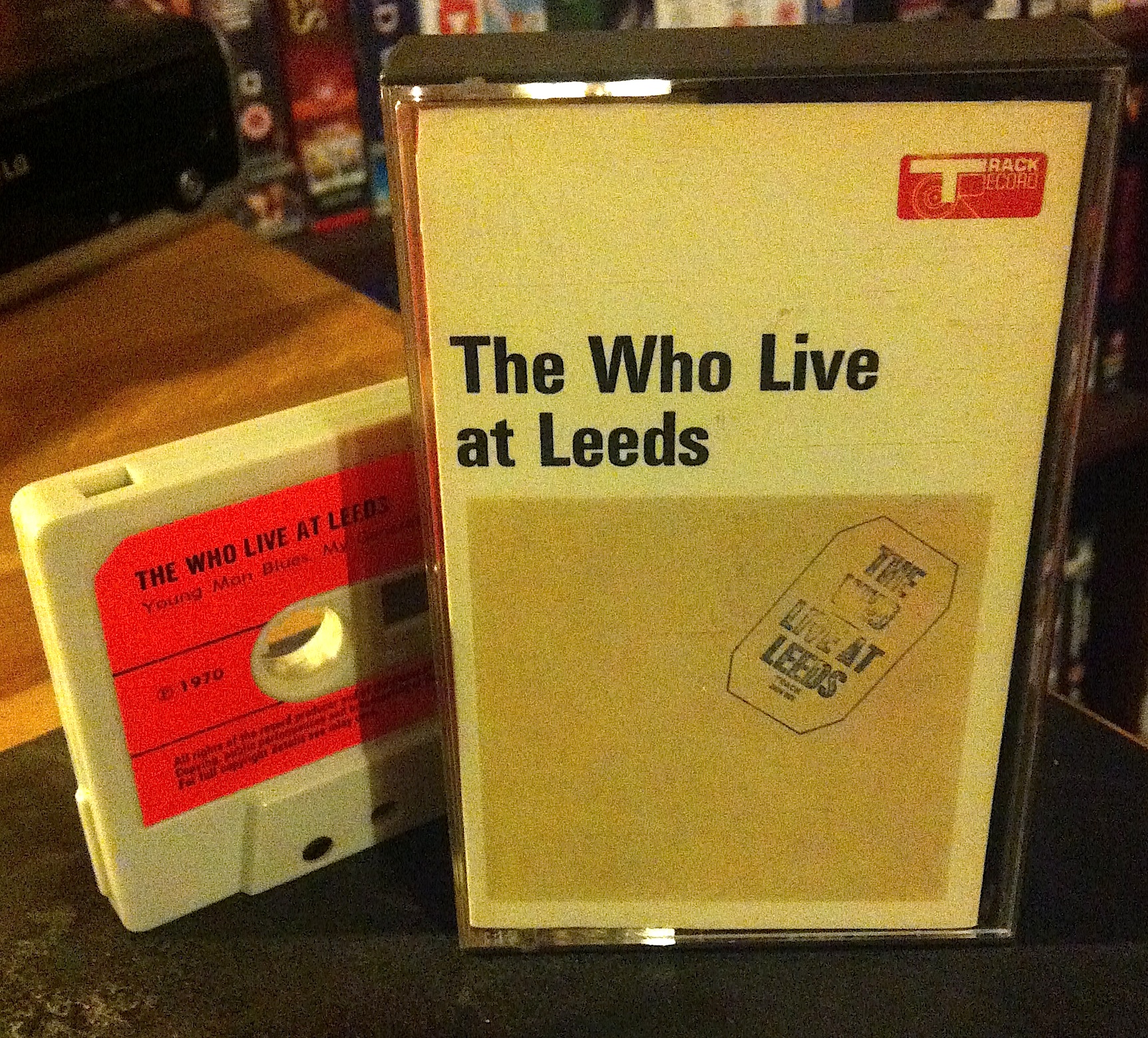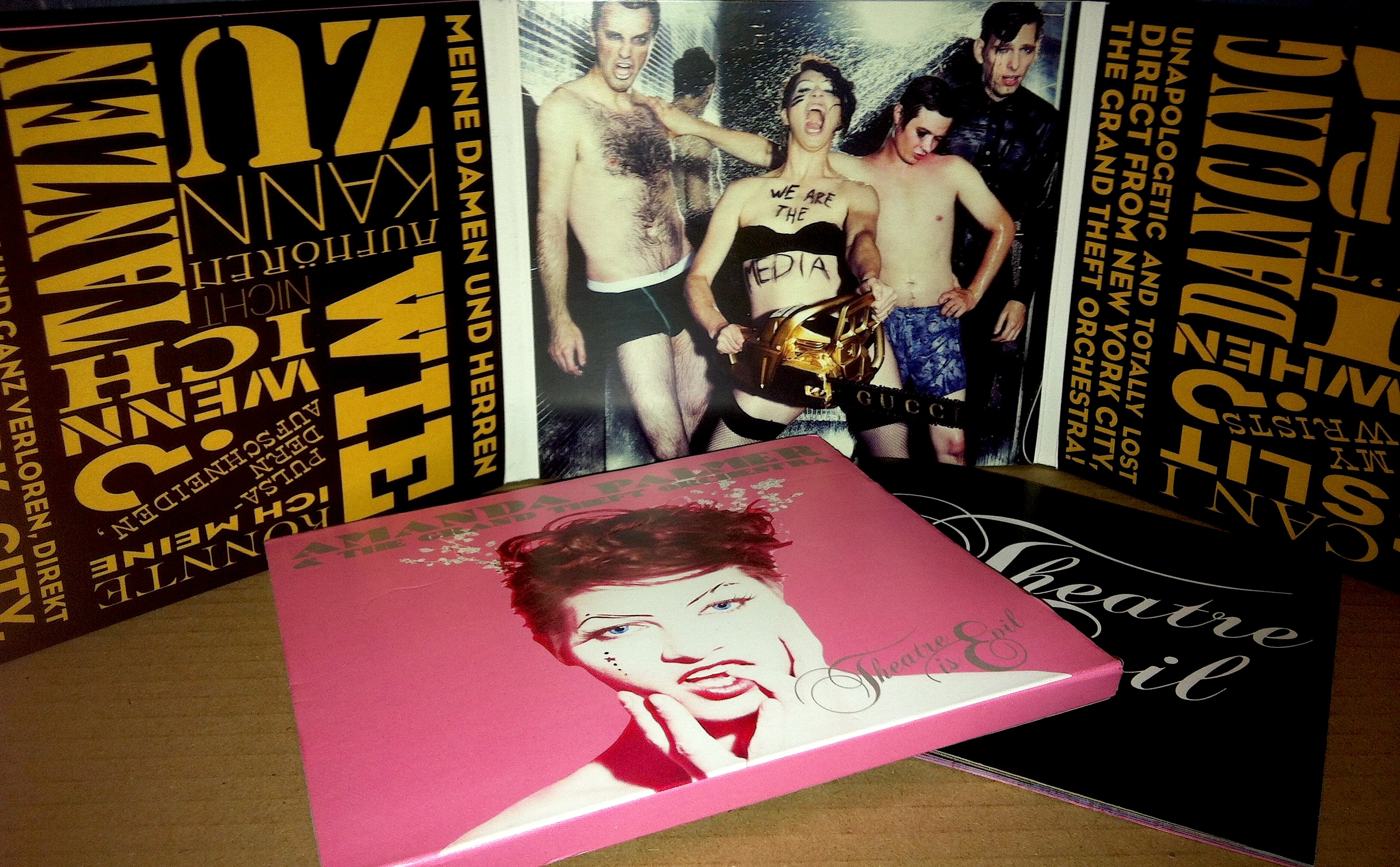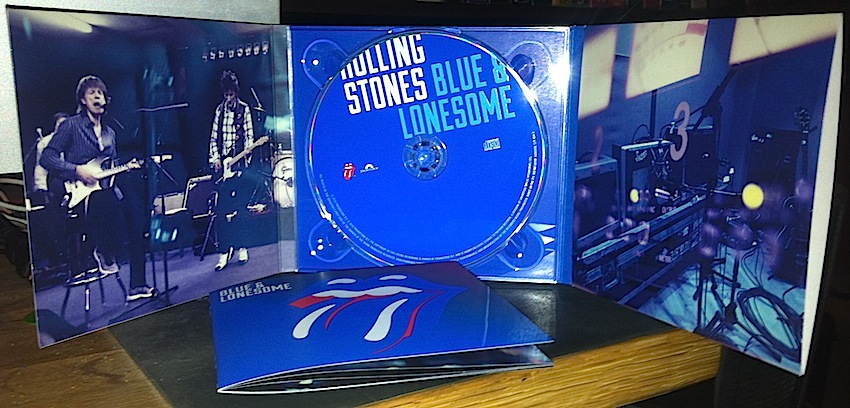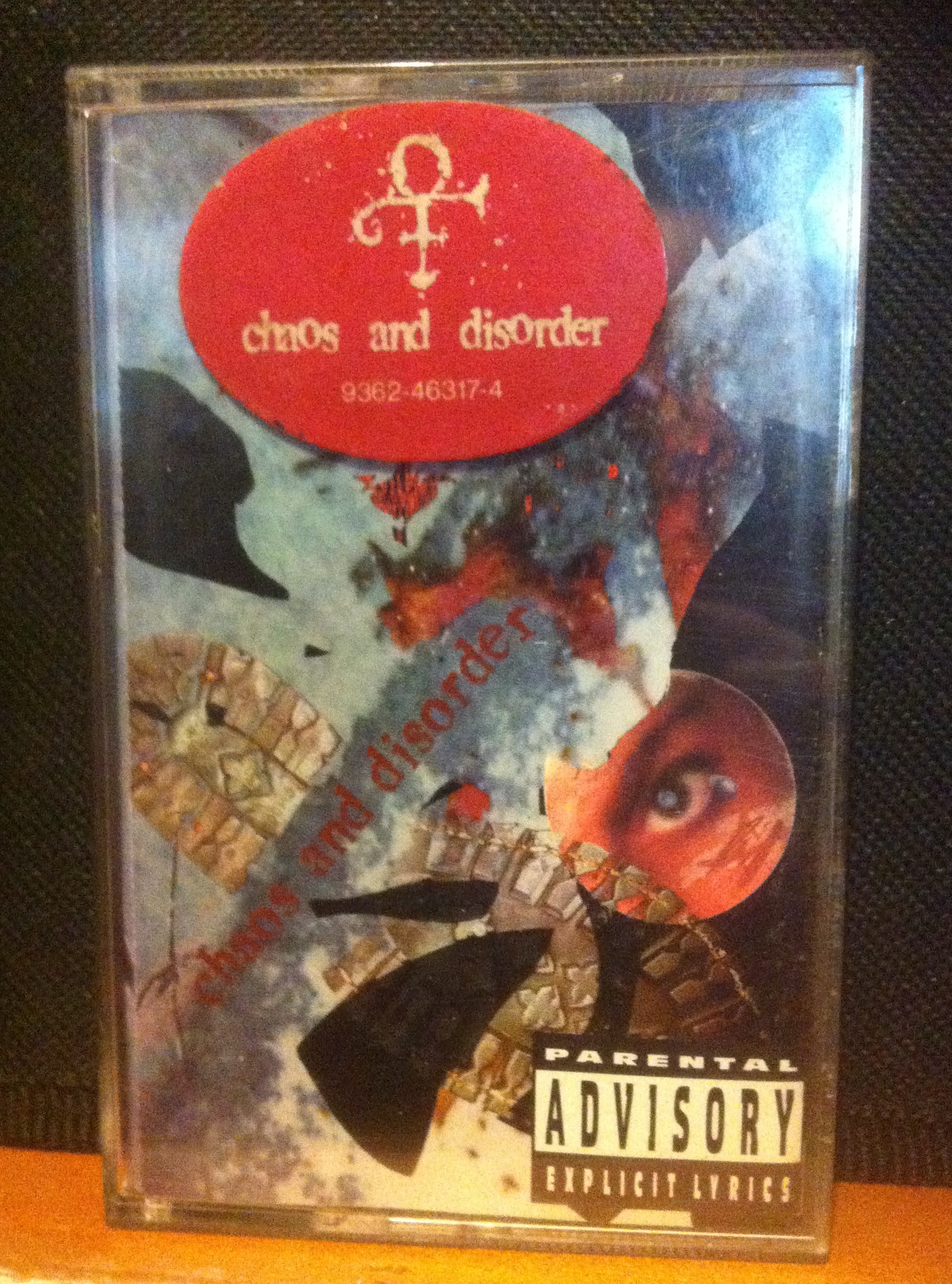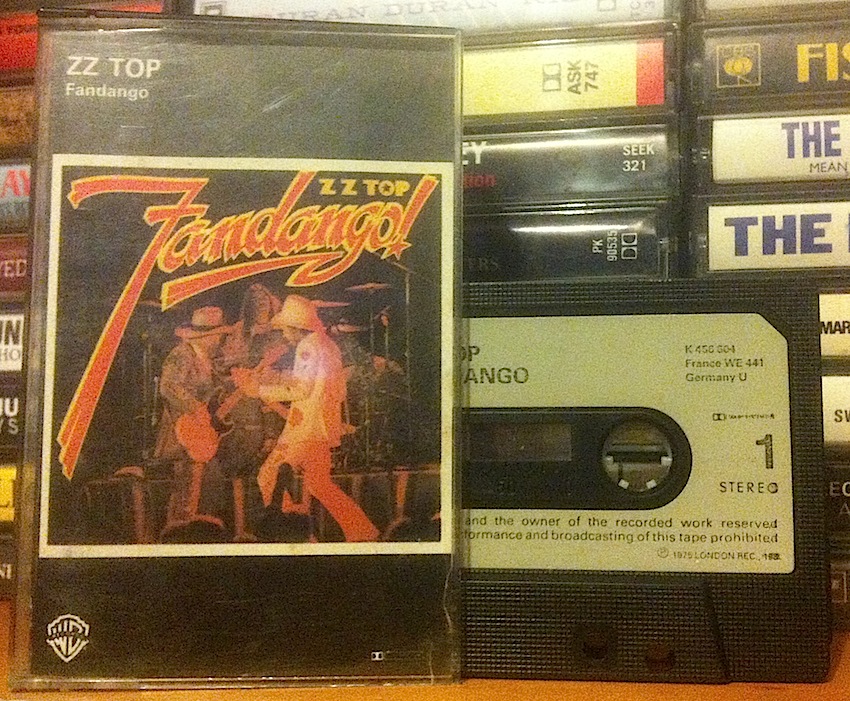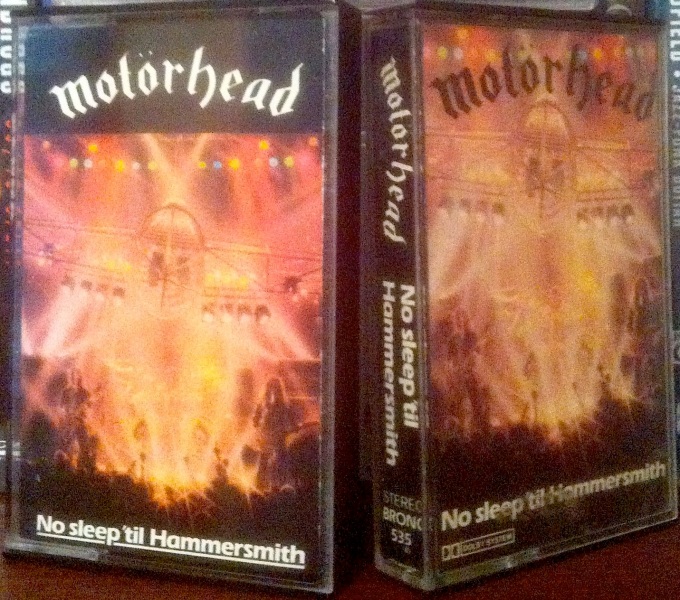Quite the mental album this one and one of the most played records on my shelf ever since I was sixteen or so. The first of three albums Tim Curry recorded for A&M, Read My Lips is still something of an obscurity, having never been re-released in any form until just last year.
Produced by Bob Ezrin, it shares the sonic DNA of two of his earlier and best production jobs, Lou Reed’s Berlin (1973) and Alice Cooper’s Welcome to My Nightmare (1975), not least due to his signature use of atmospheric sound effects. Ezrin also plays keyboards here as he did on those earlier releases with the rest of the principal players on Read My Lips made up of Berlin/Nightmare guitarist Dick Wagner, Michael Kamen on keyboards and Bob Babbet on bass alongside some top session players of the day as well as some interesting guests.
Curry wasn’t writing songs yet so the focus here is on his vocal interpretations and the fantastic Ezrin/Kamen arrangements. The set is a mix of cannily chosen covers with a couple of exceptional originals from Ezrin/Kamen and jobbing singer songwriter Tony Kosinec, here playing acoustic guitar.
Recorded in part in Ezrin’s native Canada, there’s a clear Canadian influence throughout, starting with the choice of a cover of Rough Trade’s Birds of a Feather as the opener. Literate hard rock with added horns, it’s good stuff. A pointer towards the relatively straight forward classic rock treats ahead? Well, no, not so much.
Now, remember, way up there in the first paragraph, when I said this album was ‘mental’? Just the second track in and it really earns those stripes. Wake Nicodemus is a 19th Century ballad about an African slave, written by Henry Clay Work. An abolitionist involved with the underground railroad, Work was also American, which makes the crazy-mad-bonkers arrangement here (by Ezrin and Stu Day) all the more of a mystery. With the help of The Regimental Pipers and Drums of the 48th Highlanders of Canada, what we have here is an epic piece of heavy rock conceptual storytelling in full Tartan face. Completely Scottished up. Wagner’s guitar affects a bagpipesque drone while Curry adopts a burr of heroic proportions. In fairness, his attempt at a Scots accent isn’t entirely cringe-inducing and though the track could have been an embarrassment it manages to pull all of its absurdities together and rock out royally.
A touch of whimsy follows as the Lennon/McCartney tune I Will is given a mellow reggae makeover. Still with the unfortunate accent choices, here the vocals are in a kinda-sorta Jamaican style but it stops mercifully shy of being offensive. The whole thing stays interesting by adopting a slightly Cajun flavour complete with Nils Lofgren on accordion, before left-turning into Brontosaurus, a slowed down, weirded up version of The Move’s late ’60s psychpop hit. Layered slabs of guitar, speeded up voices and industrial drum sounds all come to bear on this one, resulting in a psychedelic stoner rock fun time.
The left turns keep on coming – Kosinec’s Alan could be straight from a broadway musical, with Curry’s actorly delivery bringing its quirky lyric to life. The arrangement is all woodwind and piano with a fantastic turn from Wagner on lead guitar and the overall result is genuinely affecting.
Opening side two, Joni Mitchell’s All I Want is cheerfully re-imagined as a straight forward rocker which is cool and all but it provides no kind of preparation for the emotional sucker punch of the next tune. Written by Ezrin & Kamen, Sloe Gin is something special.
On this fragile, melancholy modern blues, Wagner’s guitar is masterful, Kamen’s Fender Rhodes part is perfectly judged and Curry’s edge-of-breaking interpretation, whether arrived at through experience or performance, is devastating. With its repeated refrain of “I’m so fucking lonely and I ain’t even high/I’m so fucking lonely and I feel like I’m gonna die”, the song taps into what seems like a very real vein of deep depression. It’s desolate and beautiful; you have to remind yourself to breathe while listening.
Sloe Gin fades into a soundscape of street noise, traffic and sirens before bursting into the bait-and-switch arrangement of Irving Berlin’s Harlem on My Mind, moving from heavy blues rock to 1930s pastiche without blinking an eye. The ’30s section features welcome guest turns on trumpet and violin respectively from jazz legends Max Kaminsky and Joe Venuti (in one of his last studio performances), the ideal match for Curry’s Noel Coward-meets-Al Bowlly vocal turn.
The album ends on a high with Anyone Who Had a Heart, an early ’60s Bacharach & David tune which was a hit in the USA for Dionne Warwick and for Cilla Black in the UK. Here, Curry absolutely owns it, his impassioned torch song delivery perfectly complimented by a full orchestral arrangement which reaches John Barry levels of Bondian pomp. Lovely stuff.
Curry followed Read My Lips with two more albums, Fearless (1979) and Simplicity (1981), both of which featured songwriting contributions from the man himself (an earlier, originally unreleased album had a digital-only release in 2010 as … From the Vaults). They all have their strengths but for me, this is the best of them. It really does hold its own against its “older brothers”, Berlin and Welcome to My Nightmare.
For a while there it seemed that its legacy would be limited to the fact that a painfully shallow, neutered cover version of Sloe Gin has become well enough known in recent years to ensure that pub rock bands the world over now murder it by rote on a weekly basis. That would have been a real shame. Happily, last year all three of Curry’s A&M albums appeared on CD for the first time.
I’ll be checking out the reissue of Read My Lips soon enough, given the snap, crackle and pop my LP has developed after thirty-odd years of service – you should too, unless of course you can find yourself a decent vinyl copy.
